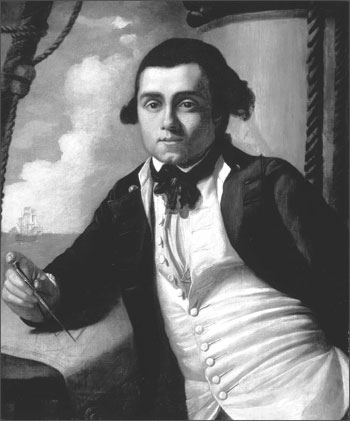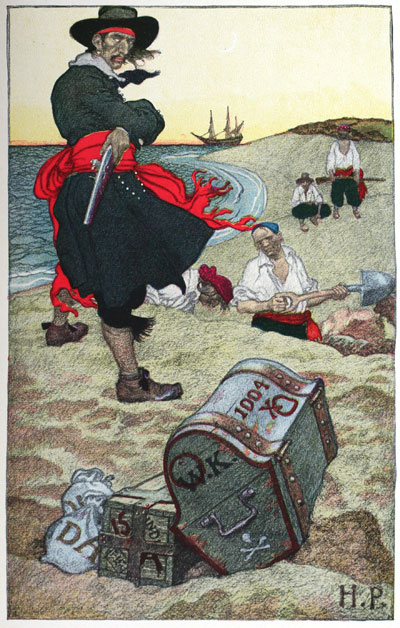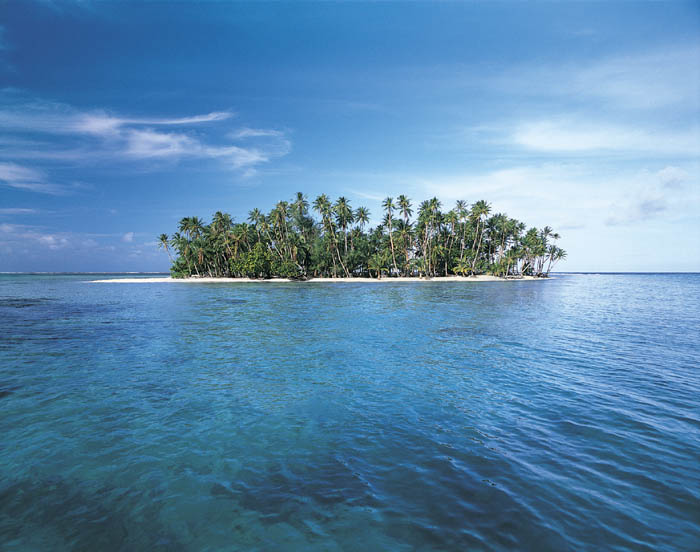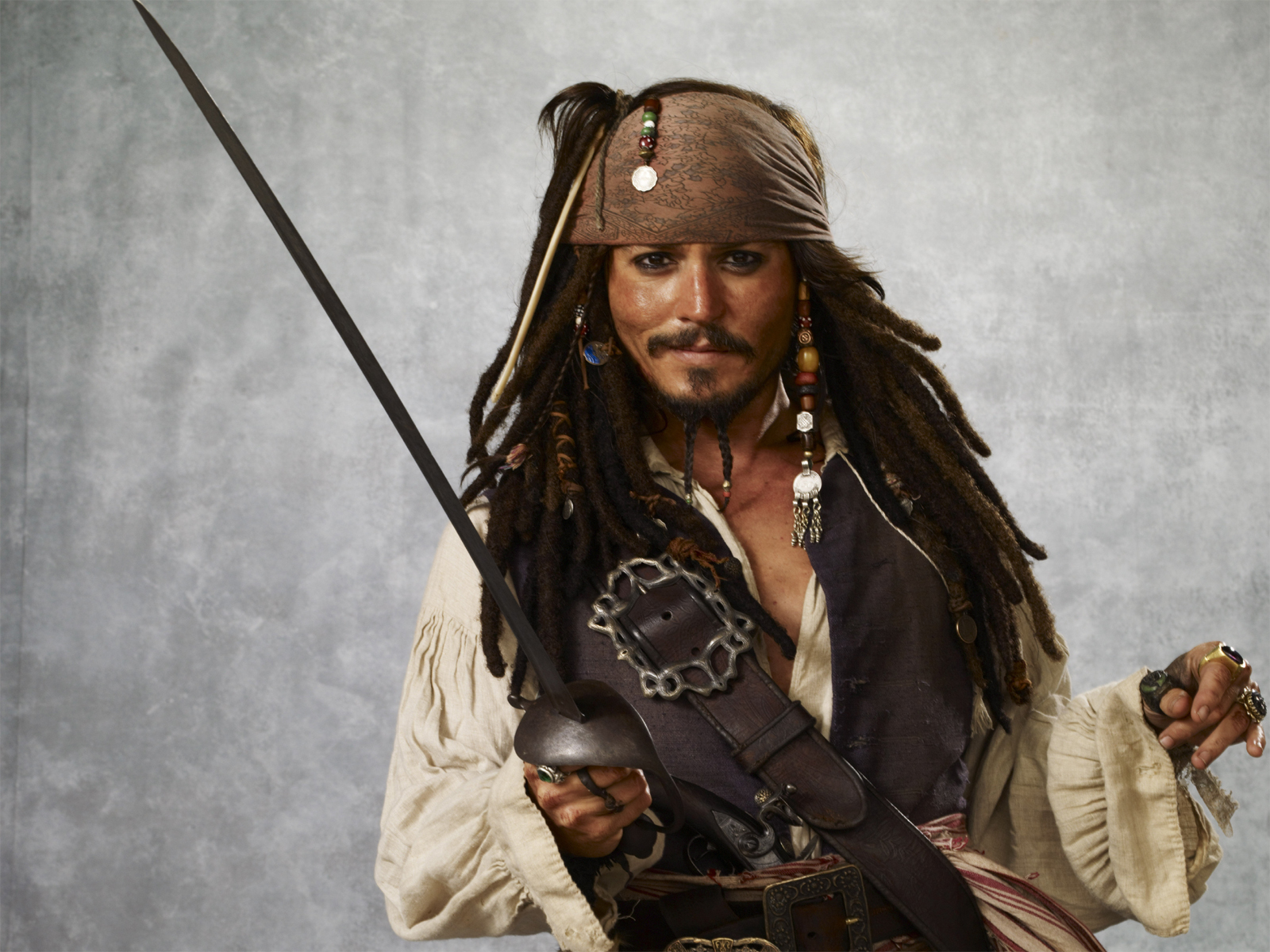 |
| Bligh, as he appeared in 1792, Not exactly looking like a homicidal maniac |
In the late 18th
century, a plan was hatched to introduce breadfruit trees from the Polynesian Islands
to the Caribbean to feed the growing population, both slave and free, that
worked the vast sugar plantations. Today, breadfruit flourishes in the
Caribbean largely due to one man, then a thirty-three year old lieutenant in
the Royal Navy known as William Bligh.
Almost everyone
knows about the Mutiny on the Bounty.
Whenever ‘mutiny’ is mentioned, ‘Bounty’ is slapped on, too. The story is now
used as a symbol of rebellion against oppression, a poster child of Navy brutality, a struggle between the aristocracy and the common man. In many ways,
it’s true; there was a rebellion, life at sea was brutal, and it was a struggle between the aristocracy
and the common man…though not in the way that you are thinking, because William
Bligh was the common man and Fletcher Christian was the aristocracy.
 |
| Bligh at twenty-one, as Cook's Sailing Master |
William Bligh was
in the Navy since he was seven. He served as an able-seaman, when there were no
vacancies for a midshipman, slowly working his way through the ranks. Because
of his brilliance in navigation, at the age of twenty-one, he served as Captain James Cook’s Sailing Master in his last voyage of discovery in the South
Seas. It is from Bligh that we have one of the most complete accounts of the
death of Captain Cook in Hawaii; Bligh was nearly killed himself, but instead
of allowing his men to scatter like the marines assigned to guard Captain Cook,
he held his ground until reinforcements came from the ship.
 |
| Breadfruit |
William Bligh
seemed the ideal man to lead an expedition to collect breadfruit. He knew the
area, he was a gifted navigator and cartographer, and was something of an
explorer and naturalist as well. So, on 23 December, 1787, the young lieutenant
set out, in command of a tiny ship named the Bounty, forty-six officers and men, and a friend of the family,
Fletcher Christian, as Master’s Mate.
 |
| Thursday October Christian, Fletcher Christian's oldest son |
Fletcher Christian
is something of an enigma. He was descended on his father’s side from Manx
aristocracy. His was born on the pleasant Moorland Close estate and despite his mother’s irresponsibility with
money, his upbringing would have been far superior to anything Bligh
experienced as a child. Early in the 1780s, Bligh, ten years older, met
Fletcher Christian, and took him on two voyages, meticulously teaching him
navigation. It was on Bligh’s recommendation that Christian sailed as Master’s
Mate on the Bounty.
 |
| The most accurate replica of the Bounty, from the 1984 movie, currently resides in Hong Kong. The other replica, like its namesake, is at the bottom of the sea. |
Bligh has often
been described as a sadistic commander, ruling with an iron fist and meting out
terrible punishments right and left. He is universally depicted in movies by
little men, ten or twenty years too old, with slightly neurotic performances,
in command of replica ships twice as big as the real one. In reality, Bligh
hardly ever punished his men, even allowing them to sleep during the hectic
attempted rounding of the Horn in the only dry place aboard the ship: his tiny,
closet-like sleeping cabin in the stern. The Bounty was a little ship, less than ninety feet long, and in a time
when the average seaman stood at 5’4”, Bligh was a respectable 5’8”. Fletcher
Christian was an inch taller, probably due to his better nutrition as a child.
 |
| Black sand in Tahiti |
All in all, the Bounty had an uneventful voyage to the
South Seas; one man died of an infection after he was bled by the drunk doctor, but otherwise, morale was good. On their navy-ordered route, storms lashed them during their
attempt to double the Horn, but Bligh turned back, knowing that he was beaten,
and sailed around the Cape of Good Hope instead. He managed not to lose a man
in the storms when other ships, sailing the same waters that year, lost half
their compliment.
 |
| The local wildlife |
On the 26 October, 1788 the Bounty let down her
anchor off the beautiful black sand beaches of Tahiti. For the next five
months, with the help of the native chief and his people, the English sailors
transplanted breadfruit trees into pots and put them in specially built containers in the great cabin of the Bounty.
Bligh, when not overseeing the undertakings, was talking to the chief about his
customs, surveying the harbor, and, because he was an artist, taking note of
the local wildlife. Despite all his work, he noticed that his crew was getting
on famously with the locals and by the time the Bounty set sail for England, a number of them were breaking out
with venereal disease.
 |
| Maori Chief from New Zealand, colored engraving 1784, copied from a painting |
Bligh had a notorious temper and took most of his
frustration out on Fletcher Christian, who seemed to be crossing him at every
turn. Bligh’s sailors were busy getting tattoos and deserting, rather than potting breadfruit
trees, and Bligh flogged them more on land than he had at sea. The native chief
wasn’t helping any, either; Bligh reported that, “The chiefs have taken such a liking to our people that they have rather
encouraged their stay among them than otherwise, and even made promises of
large possessions.”
 |
| Captain Bligh & Co being set adrift by the Mutinous Mister Christian |
Everyone is probably familiar how, a few weeks
into the return voyage, Bligh woke up to a dancing lantern over his head and a
bayonet at his throat. He was taken on deck, and as the sun slowly rose, he and
eighteen of his loyal crewmen were herded into the ship’s longboat and set
adrift, to watch the Bounty sail off
into the sunrise. For many, this is the end of the story; Fletcher Christian sailed
off, first to Tahiti, to pick up wives and drop off sixteen of the mutineers,
then to Pitcairn Island, with the remaining eight mutineers and many Tahitian
men and women. Fletcher Christian’s ultimate fate is unknown, except that by
1808, only one mutineer was left alive; the rest had either murdered each
other, or died of disease.
 |
| Captain Bligh's coconut, carved with the words, "the cup I eat my miserable allowance out of" |
For Bligh, the story had only begun. He was in a
badly over-loaded open boat, with eighteen of his crew, limited food supplies,
no maps and only an outdated quadrant and a pocket compass, 3,618 miles from
civilization. The journey that followed is one of the most remarkable and
little known in history; they withstood storms, hunger and cannibalistic
islanders. Bligh, instead of being petty, was meticulously fair with the
rations, often giving more to the sicker members of the crew to keep them
alive. Bligh, himself, often went without sleep and most amazingly of all, was
able to navigate accurately all the way to the coast of Australia with faulty
and make-shift instruments and nothing but the maps in his head. On top of
that, despite his emaciated condition, Bligh continued to draw maps of the
coast, even discovering islands that had never before been seen by Europeans.
 |
| An artist's (optimistic) idea of what Bligh and his crew looked like when they arrived in Timor |
Forty-seven days after the mutiny, Bligh and his
starving crew stumbled into Kupang, Timor. The first thing he did was write to
his wife in heart-broken words, “Know
then my own Dear Betsy, that I have lost the Bounty...” However, he had
reason to be glad; despite the horrific conditions during the open-boat voyage,
he had only lost one man who had disobeyed orders and was stoned to death by
cannibals on Tofua.
 |
| Peter Heywood as a Post-Captain |
Bligh returned to England a hero. It wasn’t until
the fateful voyage of the HMS Pandora and
the collection of the sixteen mutineers from Tahiti, that his name was
blackened. One of the mutineers brought back for trial was a young midshipman
named Peter Heywood, who, like Fletcher Christian, had family ties in Manx
nobility. The Heywood family, uninterested in being related to a mutineer, managed to
turn the story around during the trial to get Peter Haywood acquitted. But it wasn’t until
the Bounty trilogy of the 1930s, and
the subsequent movies based on them, that the story became so infamous.
_06.jpg) |
| A still from the 1935 Mutiny on the Bounty |
Was Bligh to blame for the mutiny? Had life under
him become so terrible that the crew had
to mutiny? Bligh was known to be thin-skinned and self-righteous, but he was
also forward-thinking; always concerned about his men’s health and welfare.
Instead of being a brutal maniac, as depicted in popular culture, Bligh’s
weakness seems to have been his lenient approach to discipline. Bligh went on to
command other ships and other men, playing a key role in winning the Battle of Copenhagen, and even becoming governor of New South Wales, before retiring as
Vice-Admiral of the Blue. He suffered two more mutinies under his command; one,
which was fleet wide, and the other, in Australia, when he tried to root out
corruption.
 |
| Tahiti Revisited by William Hodges 1776 |
The voyage of the Bounty might have been a disaster, but Bligh had a second chance to
do it right. In 1791, a year after returning to England, Bligh, in
command of HMS Providence and
accompanied by the smaller HMS Assistant, returned to Tahiti, collected
his breadfruit and successfully introduced the species to the Caribbean.
~Psyche
PS: In 2010, four men recreated Bligh’s amazing open boat voyage across the pacific with limited
instruments and finished only one day over schedule. For a scholarly look at
the events surrounding the mutiny, read The Bounty by Caroline
Alexander.









